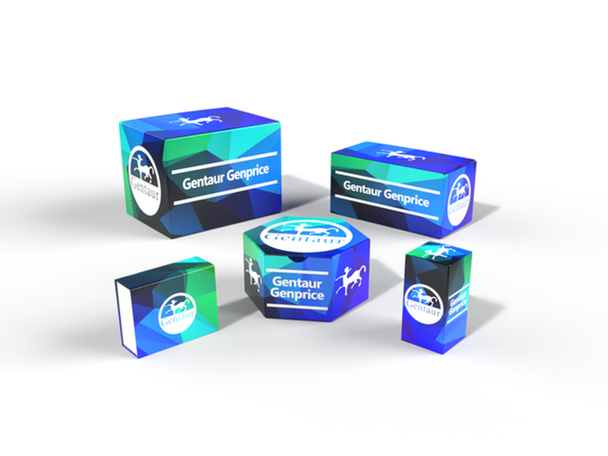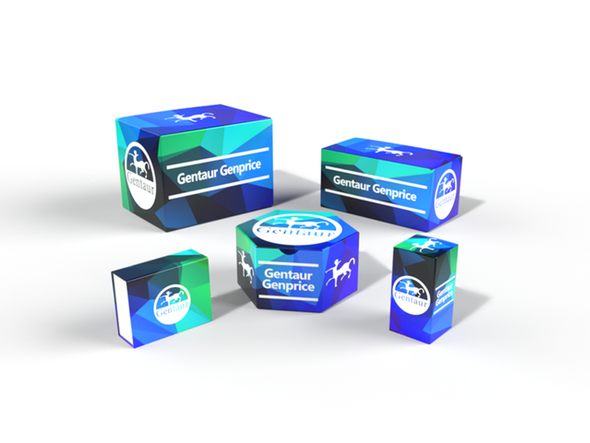Description
LRCH4 Antibody | 26-041 | Gentaur UK, US & Europe Distribution
Host: Rabbit
Reactivity: Human, Mouse, Rat
Homology: N/A
Immunogen: Antibody produced in rabbits immunized with a synthetic peptide corresponding a region of human LRCH4.
Research Area: Transcription, Membrane, Neuroscience
Tested Application: E, WB
Application: LRCH4 antibody can be used for detection of LRCH4 by ELISA at 1:312500. LRCH4 antibody can be used for detection of LRCH4 by western blot at 1 μg/mL, and HRP conjugated secondary antibody should be diluted 1:50, 000 - 100, 000.
Specificiy: N/A
Positive Control 1: Tranfected 293T Cell Lysate
Positive Control 2: N/A
Positive Control 3: N/A
Positive Control 4: N/A
Positive Control 5: N/A
Positive Control 6: N/A
Molecular Weight: 73 kDa
Validation: N/A
Isoform: N/A
Purification: Antibody is purified by peptide affinity chromatography method.
Clonality: Polyclonal
Clone: N/A
Isotype: N/A
Conjugate: Unconjugated
Physical State: Liquid
Buffer: Purified antibody supplied in 1x PBS buffer with 0.09% (w/v) sodium azide and 2% sucrose.
Concentration: batch dependent
Storage Condition: For short periods of storage (days) store at 4˚C. For longer periods of storage, store LRCH4 antibody at -20˚C. As with any antibody avoid repeat freeze-thaw cycles.
Alternate Name: LRCH4, FLJ40101, FLJ46315, LRN, LRRN1, LRRN4, PP14183, SAP25
User Note: Optimal dilutions for each application to be determined by the researcher.
BACKGROUND: LRCH4 is a protein that contains leucine-rich repeats (LRR) at its amino terminus and that is known to be involved in ligand binding. The carboxyl terminus may act as a membrane anchor. Identified structural elements suggest that this protein resembles a receptor.This gene encodes a protein that contains leucine-rich repeats (LRR) at its amino terminus and that is known to be involved in ligand binding. The carboxyl terminus may act as a membrane anchor. Identified structural elements suggest that the encoded protein resembles a receptor.




![LRCH4 Antibody (Center) [ApR05022G] LRCH4 Antibody (Center) [ApR05022G]](https://cdn11.bigcommerce.com/s-1rdwiq712m/images/stencil/590x590/products/61305/61609/gentaur-genprice__26005.1661610467__29809.1661628092__75433.1661676199__77988.1661684280__64362.1661692443__06724.1661864172.png?c=1)

